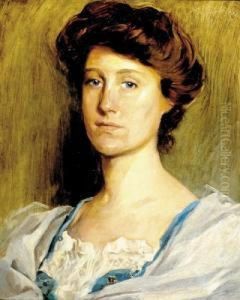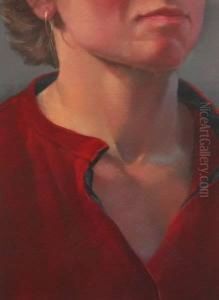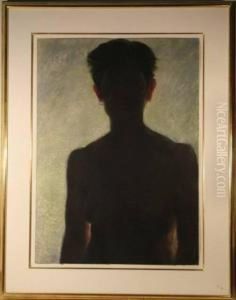Mary Ward Paintings
Mary Ward, born in 1827 in Ballylin, County Offaly, Ireland, was not primarily known as an artist but rather as a remarkable scientist, author, and illustrator. A pioneering woman in the field of microscopy, she was an avid amateur astronomer and one of the first microscopists. Ward was also an entomologist and a talented artist, skills which she utilized to illustrate her own scientific observations.
Ward was born into a family of intellectuals; her grandfather, Richard Lovell Edgeworth, was a noted inventor, and her cousin was the famous novelist Maria Edgeworth. This environment stimulated Ward’s curiosity and passion for learning from a young age. She received an informal education, which was rich in scientific inquiry, thanks to the resources of her family's extensive library and the intellectual gatherings regularly held at their home.
In 1857, Mary Ward published a book titled 'Sketches with the Microscope', which she illustrated herself. This book was one of the first of its kind to bring the wonders of the microscopic world to a general audience. Her detailed drawings showcased the intricate structures of plants, insects, and minerals. Ward's work was exceptional for its accuracy and beauty, bridging the gap between science and art.
Despite her contributions to science and art, Mary Ward's life was tragically cut short. In 1869, she became the first recorded victim of a motor vehicle accident in Ireland, and possibly the world, when she was thrown from a steam-powered car invented by her cousins. Her untimely death at the age of 42 was a significant loss to the scientific community.
Although Mary Ward was not famous as an artist in the traditional sense, her illustrations were vital in communicating scientific ideas to a broader audience. Her legacy is a testament to her skill at combining detailed observation with artistic talent to further the understanding of the natural world.


